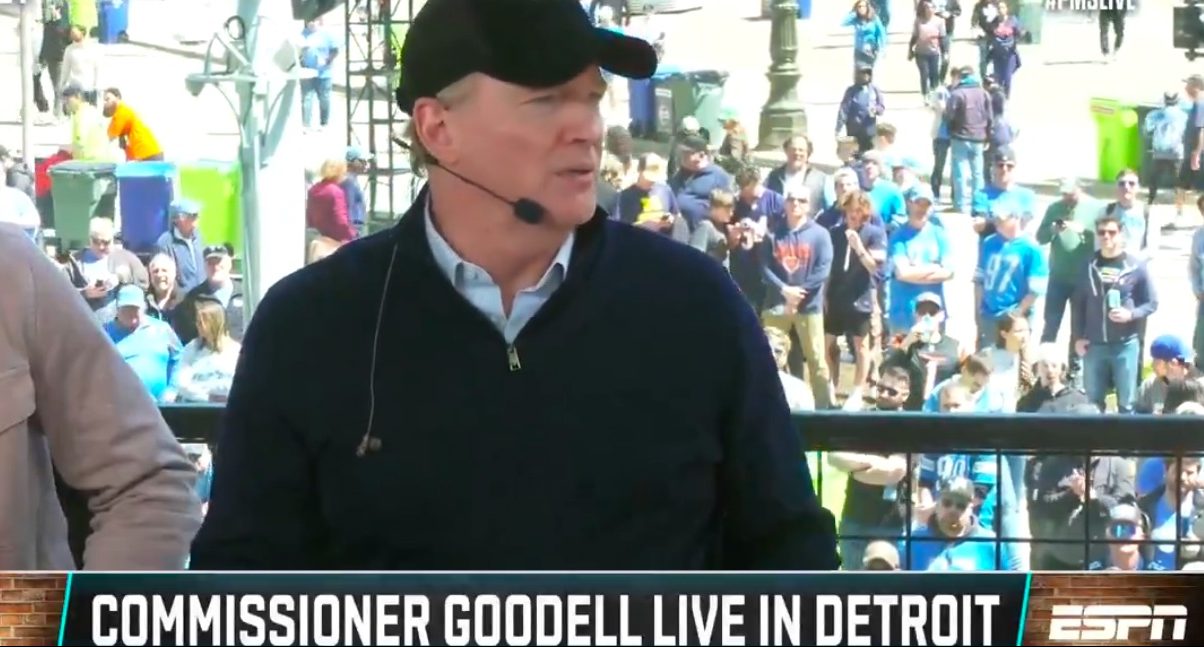The Nielsen cable coverage estimates are always worth looking at for what they tell us both about the state of different sports networks and the overall pay-TV universe. These estimates come out monthly, but aren’t always in the public view; we last saw them in September. Sports TV Ratings’ Robert Seidman posted the April ones for sports networks on Twitter Monday, complete with the shift from where those networks were last August:
hadn't seen cable coverage estimates (how many homes each network is in) from Nielsen since August. Here's the April 2019 v August 2018 for the cable sports nets I saw: pic.twitter.com/EAGGwLxK8o
— Sports TV Ratings (@SportsTVRatings) April 1, 2019
The biggest August-April drop there comes at beIN, which isn’t really surprising. That channel saw a lot of carriage drops last August, from Comcast to AT&T Uverse and DirecTV, and that month also saw ESPN pick up Serie A rights (which had been with beIN). Those drops didn’t fully show up in the September 2018 estimates yet (beIN lost an estimated 411,000 subscribers between August and September, but still had 21,557,000 at that point), but beIN definitely hasn’t turned it around since then, and they’re now down almost six and a half million subscribers from where they were last summer.
The most interesting drops here may be what’s going on at NFL Network and MLB Network. MLBN and NFLN both saw significant drops from August to September (-420,000 and -275,000 respectively), and that trend’s continued since, with NFLN down 4.4 million from August and MLBN down 2 million. That’s useful context to have for last month’s report that the NFL is considering boosting NFLN’s ability to provide exclusive combine content by making them “a 33rd team,” able to conduct their own team-style interviews at that event.
It’s also worth considering that a lot of formerly NFLN-exclusive content now sees simulcasts or competing broadcasts on broadcast networks, from many Thursday Night Football games through the combine through the draft, which may provide less incentive for people to subscribe to NFLN. However, it should be kept in mind that while March and April are key months for draft content, they’re not key months for NFL content overall. There’s a chance some people have gone to cheaper packages without NFLN for now with plans to pick it back up when the new season gets closer.
As for MLB Network, they may also have seen some offseason drops, and there’s a chance that things could get better for them now the baseball season is in full swing. But it’s notable how far down they’ve come since February 2017 (a chart in the September 2018 report has that data); they had 64,413,000 estimated subscribers at that point, so their 56,453,000 now is down almost eight million.
MLB Network is far from the only network with issues there, of course. Golf Channel’s lost over six million (from 76,399,000), as has NBA-TV (from 51,728,000), while NFLN’s also down about eight million (from 71,252,000), and beIN’s down over nine million (from 22,744,000), as is ESPNU (from 69,207,000). But it’s notable that it seems to be league networks and network offshoot channels like ESPNU that seem to have been hit hardest since Feb. 2017, which seems like a sign that many people may be scaling down to lighter-sports packages featuring networks like ESPN (down around three million since Feb. 2017), FS1 (down about two million) and NBCSN (actually up about 350,000 over that span), but not the league networks. We’ll see if that trend continues.
[Sports TV Ratings on Twitter]







